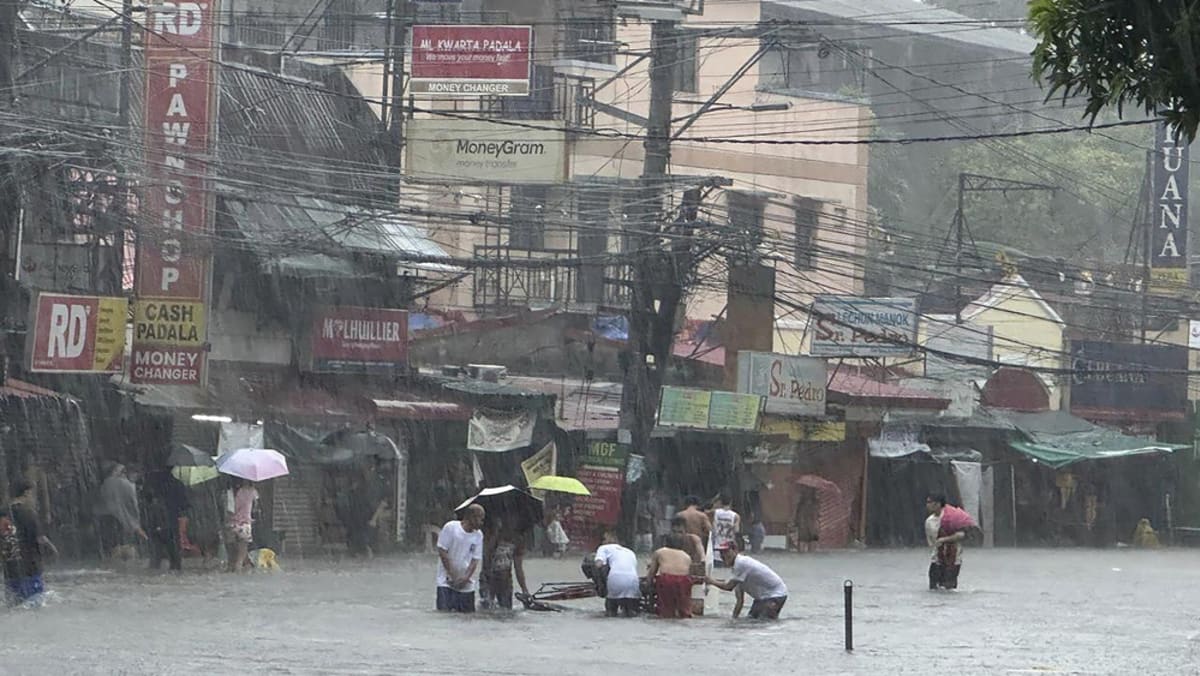
WHAT WOULD IT TAKE TO CUT DISASTER RISK?
As climate change loads the dice for more and worse disasters, leaders in the Philippines will have to tackle their nation’s systemic vulnerabilities to disaster, as will other frontline nations.
We’re starting to see evidence climate-boosted disasters hit people in emerging urban centres harder. Typhoons are at their most lethal when they strike fast-growing megacities in emerging economies.
In 2007, the world passed an urbanisation milestone. For the first time in recorded human history, more people lived in cities than in rural areas. Since then, urbanisation has only accelerated, as people from rural areas head to burgeoning megacities such as Lagos in Nigeria and Dhaka in Bangladesh. But residents of these cities are often more at risk from flooding and other climate-boosted extreme weather events.
What can we do? As Filipinos braced for Typhoon Gaemi, many frantically looked for information. Data on dangerous flood areas from open access hazard assessment tools proved useful to boost individual preparedness.
But governments must actually plan for and tackle root causes of flooding to make fast-growing cities better able to resist the disasters of the future.
Emily Nabong is a PhD candidate in Humanitarian Engineering at the University of Sydney. Aaron Opdyke is a Senior Lecturer in Humanitarian Engineering at the University of Sydney. University of Sydney Masters students Sheryn See and Isaac Besarra contributed to this article. This commentary first appeared in The Conversation.

